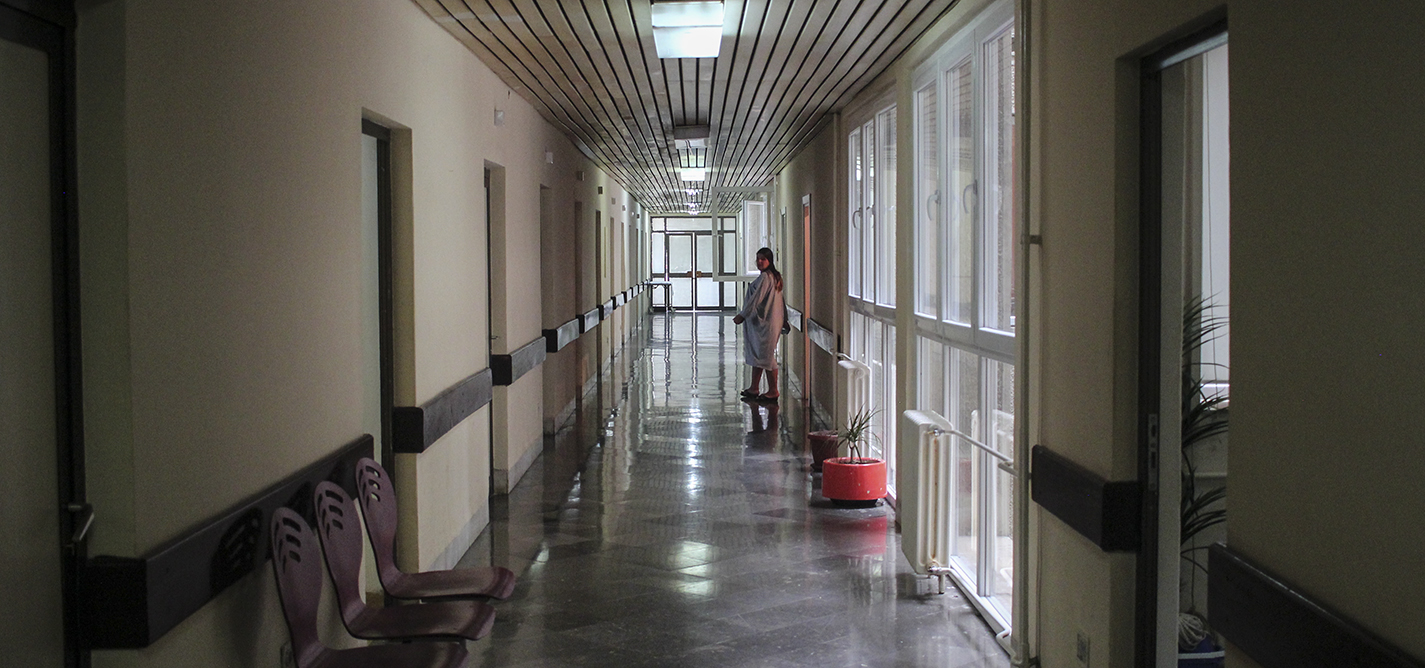
Life and death: The harsh reality of pregnancy in Kosovo
Minority women lack critical access to health care and maternity medicine.
|2018.12.10
|
Lindita says she needed more information rather than to simply be diagnosed with hypertension and be directed to Prishtina.
“One of the doctors said, ‘When you don’t have the means, why are you giving birth?’” Valbona recalls.
Donations help to supply the clinic with not only medicine, but also technology and medical devices, and help to compensate for the shortage of medication from the Essential Medicines List.
In the first half of 2018, a total of 30 women from two neighborhoods in Fushë Kosovë gave birth after being aided by The Ideas Partnership; last year they helped 65 women in total.

Artina Muciqi
Artina Muçiqi has completed her BA in journalism at the University of Pristina and is now studying for an MA in journalism and public relations. She works as a journalist at the online media Periskopi and writes mainly about topics related to political, social and human rights issues. Artina is a K2.0 Human Rights Journalism Fellowship program fellow (2018 cycle).
This story was originally written in Albanian.